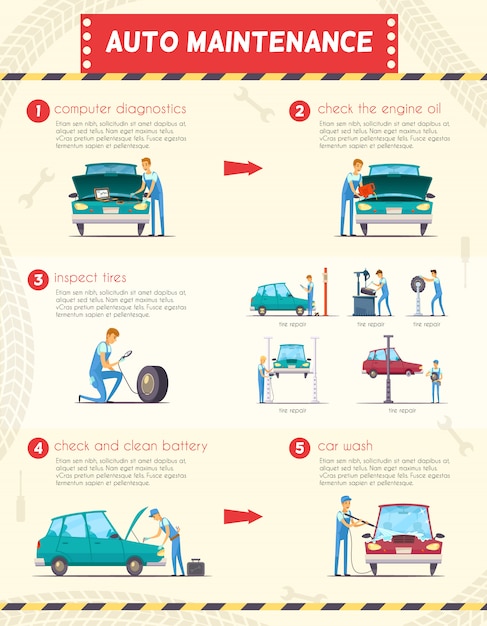Exploring The Genuine Analysis Of Your Cars And Truck'S Warning Lighting
Exploring The Genuine Analysis Of Your Cars And Truck'S Warning Lighting
Blog Article
Post Produced By-Kane Mendoza
When you're behind the wheel, those glowing warning lights on your dashboard can be a bit puzzling. Do you know what they're attempting to tell you concerning your car's health and wellness? Understanding the significance of these lights is crucial for your security and the longevity of your lorry. So, the following time one of those lights appears, would not you intend to decipher its message precisely and take the required steps to resolve it?
Common Warning Lighting and Interpretations
Recognize typical caution lights in your car and understand their significances to ensure safe driving.
The most normal caution lights consist of the check engine light, which signifies issues with the engine or exhausts system. If this light begins, it's critical to have your automobile checked quickly.
The oil pressure advising light shows reduced oil stress, requiring prompt focus to avoid engine damage.
A blinking battery light could suggest a malfunctioning billing system, potentially leaving you stranded otherwise addressed.
The tire stress tracking system (TPMS) light signals you to low tire pressure, impacting automobile stability and fuel efficiency. Neglecting this can cause unsafe driving conditions.
The abdominal muscle light suggests a trouble with the anti-lock braking system, compromising your capacity to stop quickly in emergencies.
Finally, the coolant temperature alerting light warns of engine getting too hot, which can cause extreme damages otherwise dealt with quickly.
Recognizing these usual warning lights will certainly help you deal with issues without delay and keep secure driving conditions.
Significance of Prompt Interest
Comprehending the usual caution lights in your car is only the very first step; the significance of without delay addressing these warnings can not be emphasized sufficient to guarantee your safety and security when driving.
When a warning light illuminates on your dashboard, it's your cars and truck's means of interacting a possible issue that requires focus. Disregarding these warnings can bring about a lot more severe problems in the future, endangering your safety and possibly costing you a lot more in repairs.
Prompt attention to alerting lights can avoid break downs and mishaps. For instance, a blinking check engine light can show a misfire that, if left ignored, might trigger damage to the catalytic converter. Addressing this promptly can save you from a costly repair work.
Similarly, a brake system alerting light could signal low brake fluid or used brake pads, important components for your safety when driving.
Do It Yourself Troubleshooting Tips
If you see a caution light on your control panel, there are a couple of do it yourself fixing pointers you can try before seeking professional assistance.
The very first step is to consult your automobile's handbook to understand what the specific caution light suggests. Occasionally https://kdvr.com/automotive/spend-less-at-the-pump-with-these-fuel-saving-tips/ can be as straightforward as a loosened gas cap activating the check engine light. Tightening the gas cap may resolve the problem.
https://rylannhcwq.blogtov.com/8170883/interested-to-figure-out-what-sets-apart-a-credible-automobile-service-center-from-the-rest is a reduced battery, which can cause different warning lights. Examining the battery links for rust and ensuring they're protected might take care of the problem.
If a caution light lingers, you can try resetting it by separating the cars and truck's battery for a couple of minutes and afterwards reconnecting it. In addition, examining your automobile's fluid degrees, such as oil, coolant, and brake fluid, can help repair alerting lights related to these systems.
Conclusion
To conclude, understanding your automobile's warning lights is crucial for keeping your car running smoothly and safely. By promptly dealing with these signals and understanding what they suggest, you can stay clear of costly fixings and possible malfunctions.
Bear in mind to consult your auto's guidebook for particular information on each warning light and act appropriately to make sure a trouble-free driving experience.
Stay notified, stay safe when driving!
